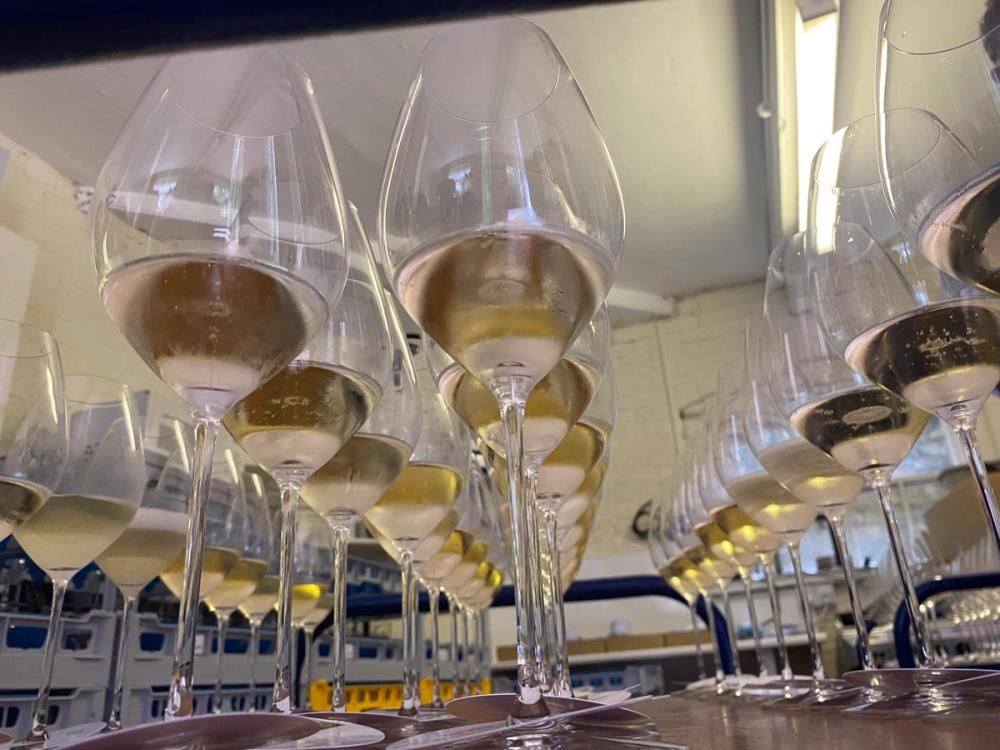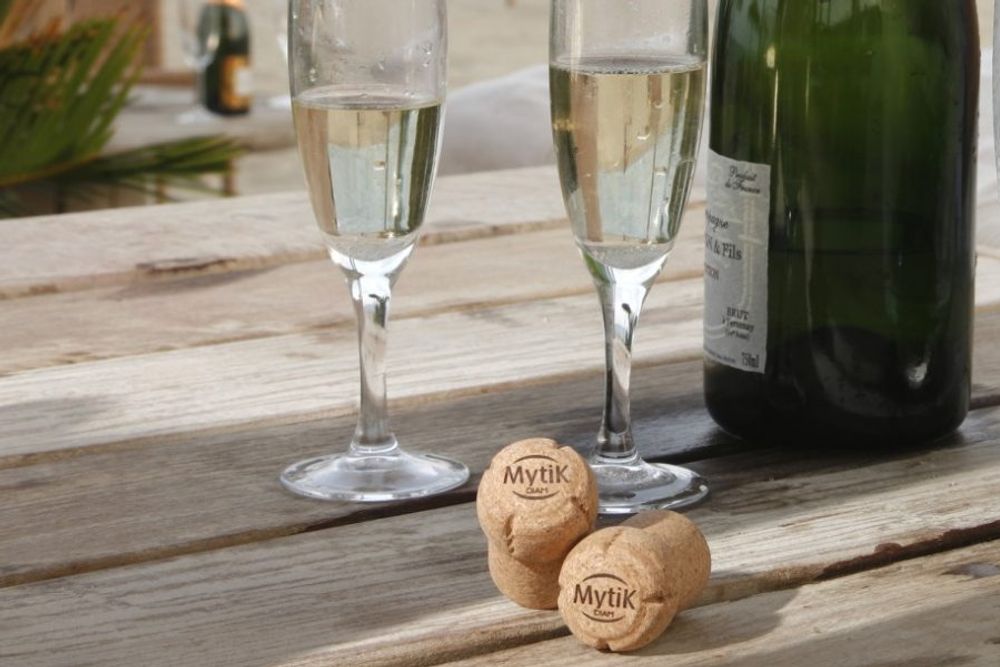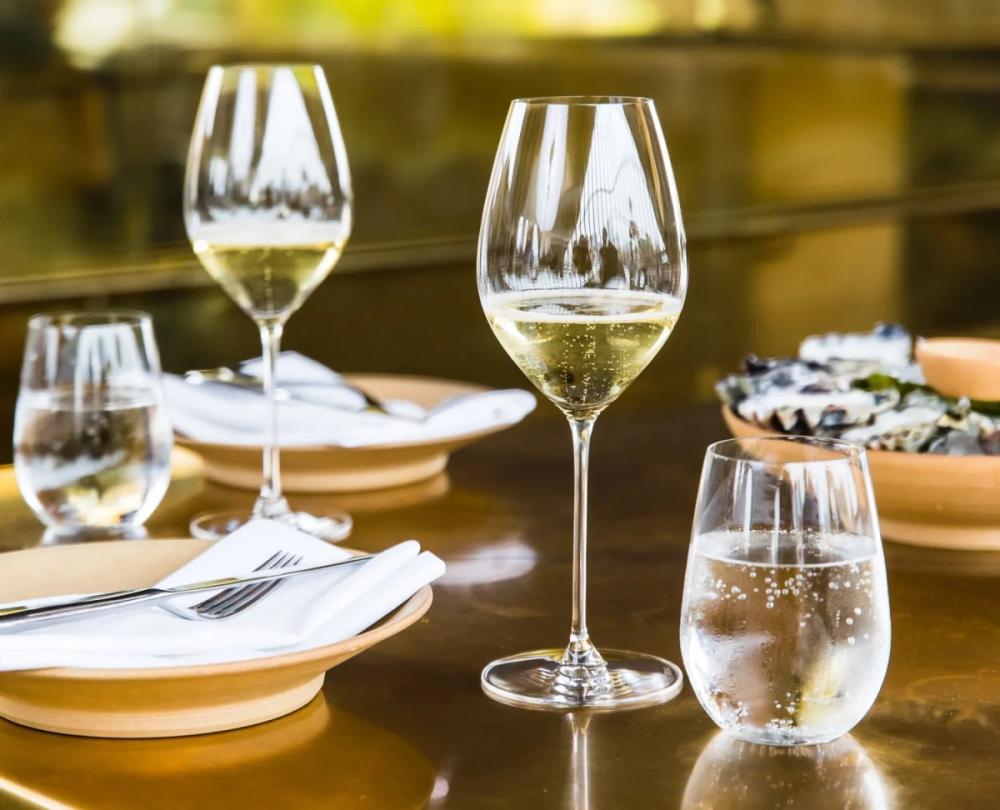How do you think the sparkling wine category has evolved over the last 10 years?

The CSWWC is uniquely placed to analyse trends across the sparkling wine and Champagne categories
Looking at the data from CSWWC entries over the last 10 years, we see the following trends:
- The brut dosage has dropped 26% from an average of 7.6 grams per litre to 5.6 grams.
- Organic and biodynamic entries have increased by 335% since 2014.
- Magnums have made more than a ten-fold increase, rising from just 17 entries in 2014 to 173 this year, with 92% of all magnums entered achieving either the same result or better than exactly the same wine in 75cl bottles.
- The few times when magnums do not outperform bottles are invariably when a wine has been released too early and the marginally more evolved 75cl will be preferred.
- By 2016, TCA faults had fallen to a minor relevance due to the emergence of DIAM Diamant MytiK. In the same year light-strike became the number one fault at the CSWWC.

The use of Diam MYTIK has reduced the number of faults in entries to CSWWC
- In 2016 some 20% of entries were bottled in clear-glass, but by 2023 this had dropped to just 6% and light-strike faults are now, like TCA, of minor relevance.
- In 2017, 183 entries were sealed by a technical closure. By 2023 the number of entries under technical cork had increased to 353 and, of those, 236 were DIAM Diamant MytiK.
- As we move forward, oxidation has become the number one fault, although it should have died out at the same rate as TCA because DIAM Diamant MytiK also has a superior and constant elasticity. However, the vast majority of oxidation faults are a deliberate form of premox. Other competitions or individual critics might condemn this fault in still wines, yet perversely they appear to accept it, embrace it even, in sparkling wine, the world’s most famous reductive wine. As the CSWWC is a specialist sparkling wine competition, we cannot afford to turn a blind eye on such an absurdity, which is why oxidation remains our number one fault.
Any countries: regions and styles that have really improved - made biggest advances?
The CSWWC provides an annual snapshot of how the sparkling wine industry is progressing:
- Regionally, Trento and Franciacorta have emerged as the strongest contenders to Champagne.
- England is up there too, but beyond its top wineries, there is too much navel gazing and producers need to look more outwards if it is to capitalise on its very recent, early reputation.
- We are putting the spotlight on so many excellent Cava producers. Even the biggest: Freixenet. Have you tasted Cordon Negro in magnum? We need to put our prejudices to one side and revisit these wines.
- Corpinnat is certainly the best Cava alternative, but we’re still trying to unravel Classic Penedès (generally, they have more of a still-wine mentality).
- Portugal remains frustrating; with amazing finds one year followed by slim pickings the next.

Tom Stevenson believes Prosecco still has so much potential to delve into the differences in its terroir
- On the subject of prejudice, what about Prosecco? Forget terroir for a moment, as we are only just learning what a difference vintage can make to these supposed consistent wines, and, equally, Prosecco producers are only just learning how to deal with vintage criticism. The CSWWC wants to highlight brand identity first. Then and only then shall we try to unpick its diversity of terroir.
- Lambrusco has been much smaller and more complex to understand, but the best wines are so rewarding, especially at the table.
- Australia can be outstanding and to a lesser degree so can New Zealand, but the USA is a bit like Germany, where most of the best are quite happy being a big fish in a small pond, reluctant to pit their wines against the best of the rest at the CSWWC.
- On a one-man band scale, Sicily, Bulgaria and Romania have all shown surprising class and quality.
- Canada occasionally shows promise, as does India and sometimes China can wow.
- Argentina, Chile and Brazil struggle, but they all have potential, so it is only a matter of time.
- Time, also, for Japan, but for countries like Serbia, which have shown potential in the past, it is more a matter of money or lack of it.
Do you think having a bespoke awards for Champagne and sparkling wines has helped the overall category?
Certainly. From our own experience we know that the CSWWC spotlight has not only contributed to the growth in reputation and sales of the most successful producers and regions in the competition, it has also increased sales of magnums and, although there is still a long way to go, decreased the use of clear-glass bottles.

Tom Stevenson is a big supporter of Riedel's Veritas Champagne glass
We have also influenced the choice of Champagne glass used by SWS, which now stocks Riedel Veritas Champagne glasses and through the many events they service this has had a knock-on effect.
What do you see as the biggest outstanding opportunities for Champagne and sparkling wine?
More and more people order sparkling wine at the table to accompany their meal, but the industry has to keep promoting the idea if it is to gain complete traction. Sparkling wine should not be thought of as just the pop of a cork and a clink of glasses. It is a fine wine in its own right and possibly the most versatile accompaniment to food of all styles of wine.
We also need to get away from the idea that sparkling wine should always be served in flutes, opening up the concept of serving it in regular wine glasses. If a customer demands a flute, then a flute he or she should have, as the customer is always king, but the on-trade should take the opportunity to prioritise the use regular shape wine glasses.
If a restaurant takes a pride in its stemware, it should use Riedel Veritas Champagne glass or the equivalent in the range they stock, but even in the most modest establishments, a chunky wine glass will be better than a chunky flute.
Every restaurant should take pride in offering the best locally produced sparkling wine, whether it is located in England or Tasmania. Get to know the producers intimately and take the opportunity to pass on that passion.
What do you see as the competition’s biggest challenge?
I would like to encourage more producers to participate, but never so many that it loses its niche appeal. That’s a tricky one to get the balance right, although this has happened organically for the first 10 years.
Anything else to say?
The diversity of entries we receive continues to amaze me. Having experience the worst of the worst in sparkling wine over the past 45 years, I can honestly say that we are now living in a golden era when the best of the best is spreading far and wide.
* You can read the first part of Tom Stevenson's analysis of the CSWWC and an in-depth explanation of its judging process here.
* You can find out more about CSWWC here.
* The results of the 2024 competition will be released in September.
* The CSWWC awards dinner takes place in London on October 24.
































